Science
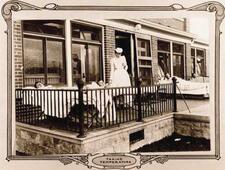
Seraphine Eppstein Pisko

Emma Nuschi Plank
Poland: Interwar
A minority habitually ignored by scholars, Polish-Jewish women played important roles in the changing cultural and political framework of the interwar years.
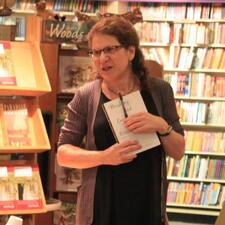
Eileen Pollack
Virginia Morris Pollak
During World War II, sculptor Virginia Morris Pollak used her deep understanding of clay, plaster, and metal to revolutionize reconstructive surgery for wounded servicemen. This earned her a presidential citation, and she was later appointed to JFK’s Commission for the Employment of the Handicapped. Pollak also co-founded her own sculpture studio and chaired the Norfolk Fine Arts Commission, beautifying her hometown with an outdoor sculpture museum at the Botanic Garden.
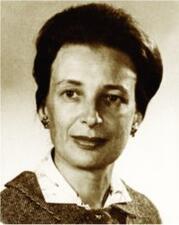
Judith Graham Pool
Judith Graham Pool was a physiologist whose scientific discoveries revolutionized the treatment of hemophilia. Pool isolated factor VIII and created a concentrate made from blood plasma that could be frozen, stored, and used by hemophiliacs in their own homes.
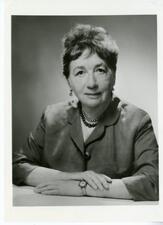
Hortense Powdermaker
Hortense Powdermaker explored the balance of involvement and detachment necessary for participant-observer fieldwork in cultural anthropology, stressing the ability to “step in and out of society.” Her secular Jewish identity was apparently a factor in learning this skill, exemplified in an academic career that included thirty years of college teaching and the writing of five major books based on widely diverse fieldwork studies.
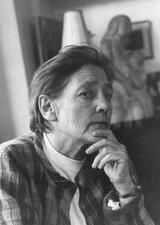
Psychology in the United States
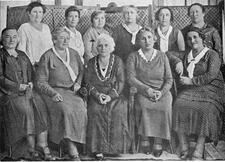
Nehamah Pukhachewsky
Nehamah Pukhachewsky’s writings advocated for Jewish women with a feminist confidence that resonates with readers to this day. Pukhachewsky immigrated from Lithuania to Palestine in 1889, actively participating in agriculture and women’s rights movements along with writing articles for Hebrew journals. She is remembered as one of the first modern Hebrew women prose writers.
Qumran
Whether or not women were a part of the Essenes’ Qumran settlement, they do appear in Qumran literature. Women in the halakhic writing are only discussed when there are explicit rulings about women’s issues. Halakhic literature shows that women were excluded from all facets of public life and generally were subject to strict halakhic rulings.
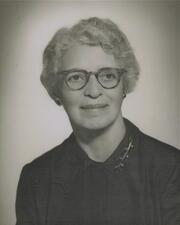
Sophie Rabinoff
Sophie Rabinoff used the skills she honed as a doctor in Palestine to improve health care in some of the worst slums in New York. Her innovative work helped to establish the fields of public health and preventive medicine in both the United States and Palestine.
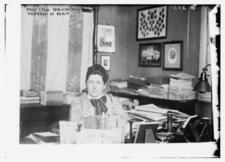
Lydia Rabinowitsch-Kempner
An outstanding bacteriologist and a leading figure in the feminist movement of women scientists in Germany in the first three decades of the twentieth century, Lydia Rabinowitsch-Kempner was a pioneer among women scientists, an exception among the first generation of women scientists in her combination of career and family.
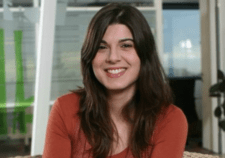
Kira Radinsky
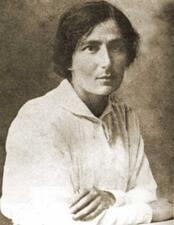
Rahel Bluwstein
The "founding mother" of modern Hebrew poetry by women, Rahel Bluwstein achieved in death the status of a national cultural icon. Rahel’s affiliation with the avant-garde group of Second Aliyah pioneers to pre-state Palestine, her dedication to Zionist ideals, and her agonizing death made her a beloved pioneering figure in Israel.
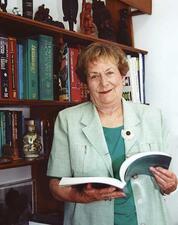
Bracha Ramot
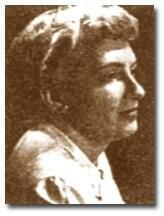
Lydia Rapoport
Lydia Rapoport was a social worker, professor, caseworker, and advocate of social change. Her contributions to crisis theory transformed how social workers and therapists handle crisis intervention.
Clara Raven
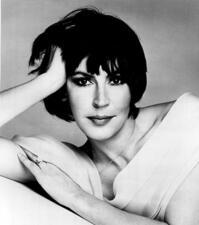
Helen Reddy
Reproductive Technology, New (NRT)
New reproductive technology has provided the solution for problems of infertility for hundreds of thousands of couples. For halakhically observant Jews, especially in the pro-natal state of Israel and in general in the post-Holocaust era, this technology has been a blessing but has also created a multitude of halakhic problems.
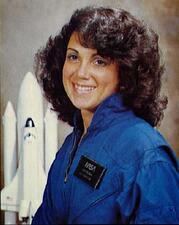
Judith Resnik
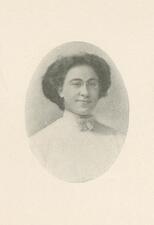
Sophia Moses Robison
Esther Rome
A coauthor of Our Bodies, Ourselves, a classic women’s resource book, Esther Rome came of age with the onset of the modern feminist movement and was a leader in shaping modern American notions of self-help and advocacy for women’s physical and mental health.
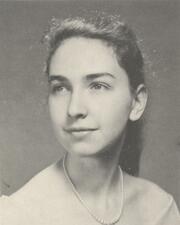
Ora Mendelsohn Rosen
Despite her tragically short career, Ora Mendelsohn Rosen was a brilliant research physician and leading investigator of how hormones control the growth of cells. One of the few female members of the National Academy of Sciences at the time, Rosen’s biochemistry work fundamentally shaped our understanding of diabetes and cancer.
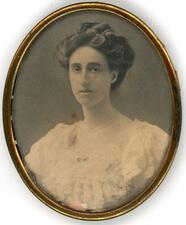
Esther Rosencrantz
An accomplished doctor and tuberculosis researcher in her own right, Esther Rosencrantz is remembered most for an intense interest in Sir William Osler, her mentor, whom she researched.
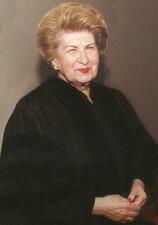
Hadassah Rosensaft
Dr. Hadassah Bimko Rosensaft played an instrumental role in saving the lives of fellow concentration camp inmates at Auschwitz-Birkenau and then at Bergen-Belsen. Rosensaft was later involved in the creation of the United States Holocaust Memorial Museum.


